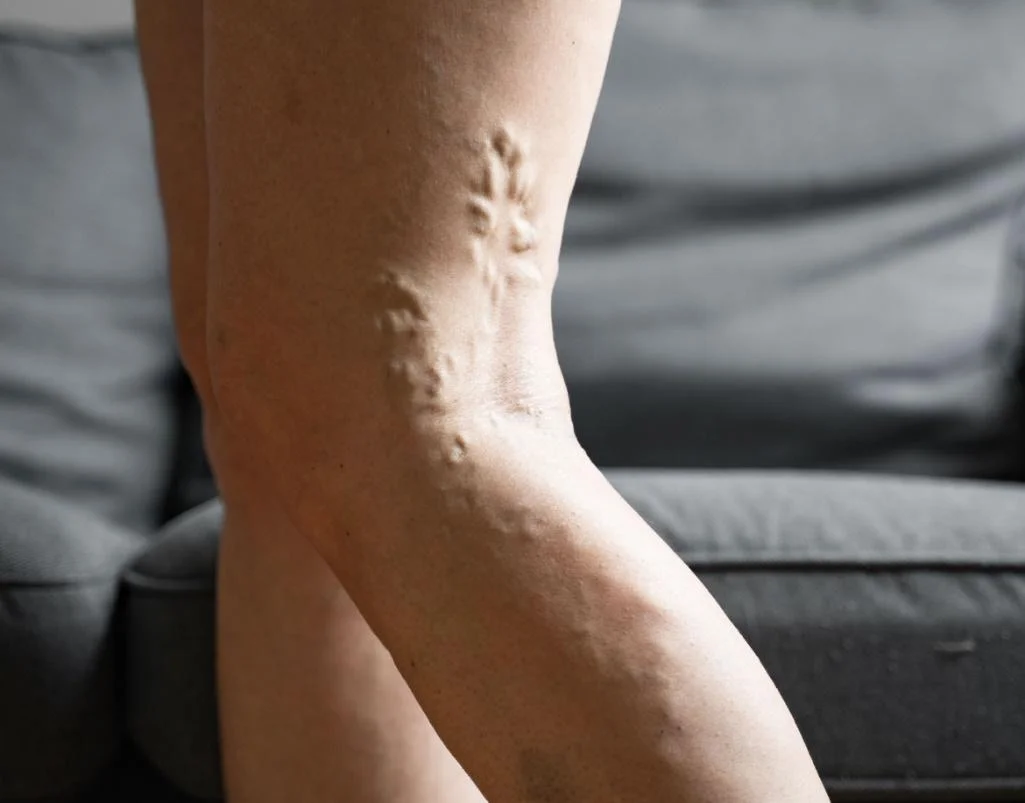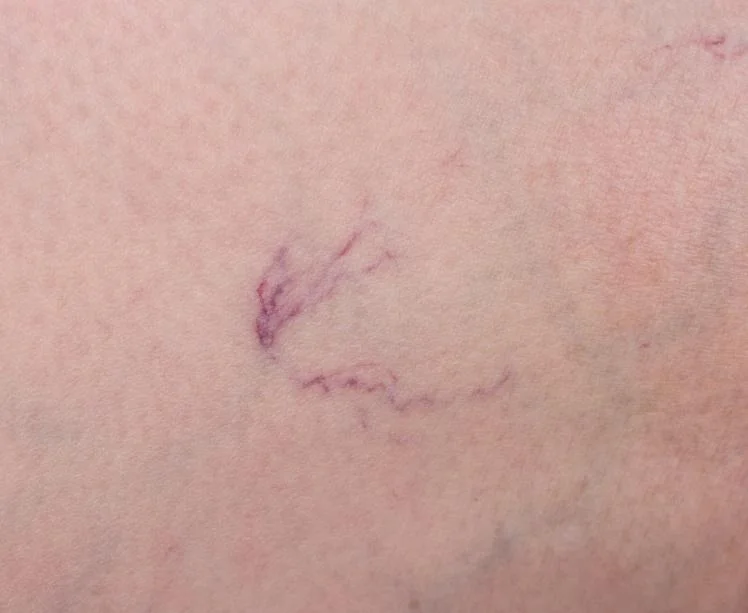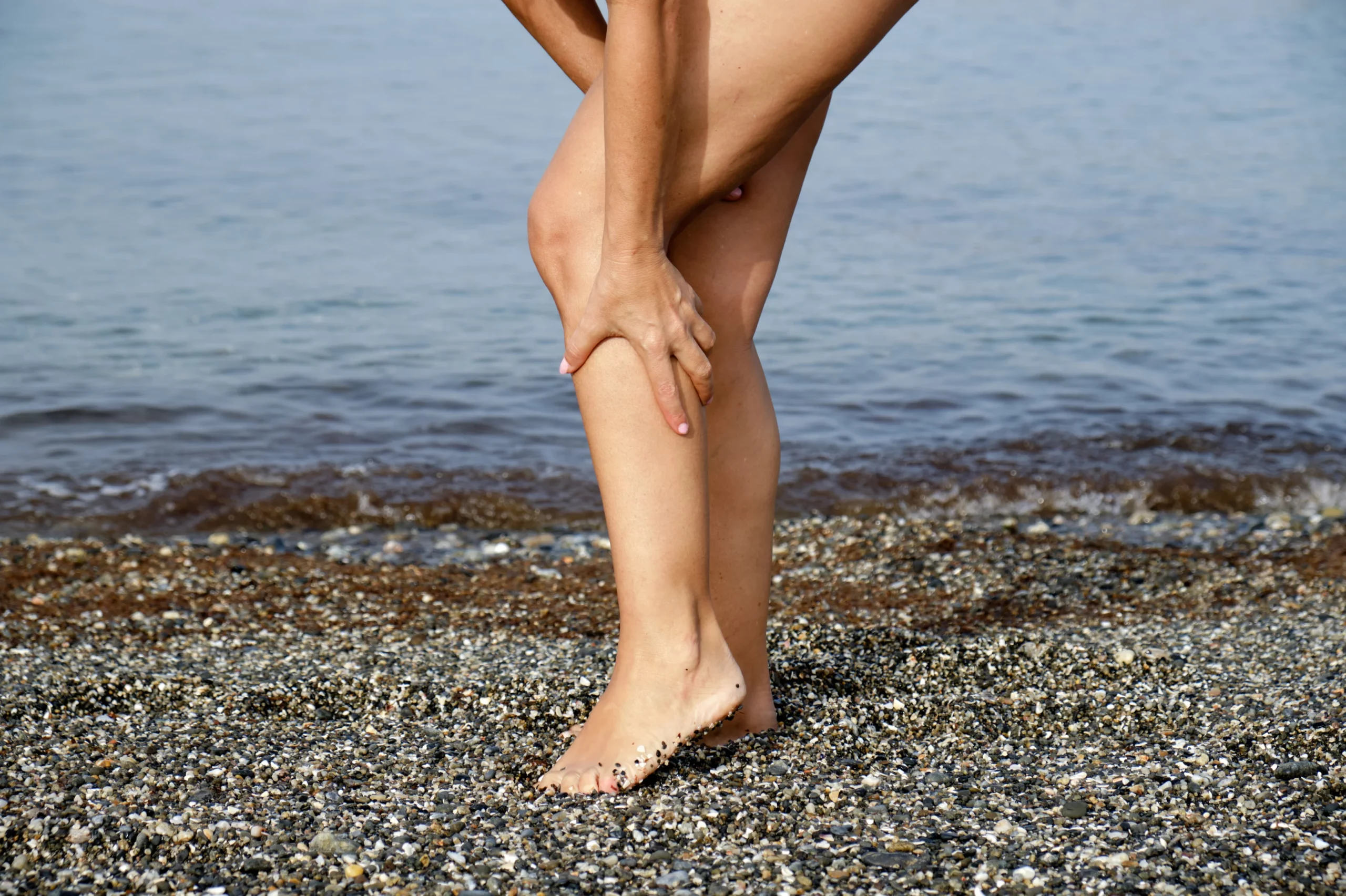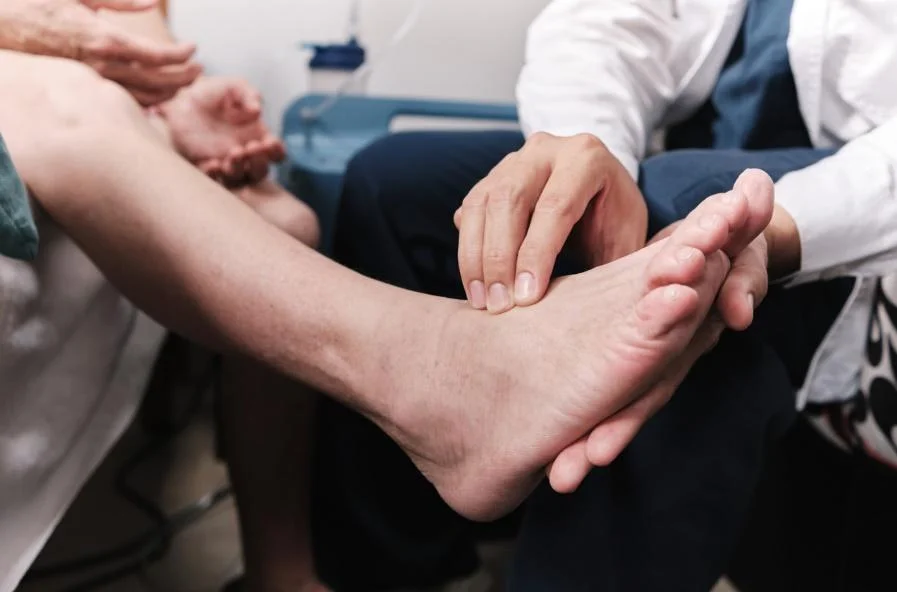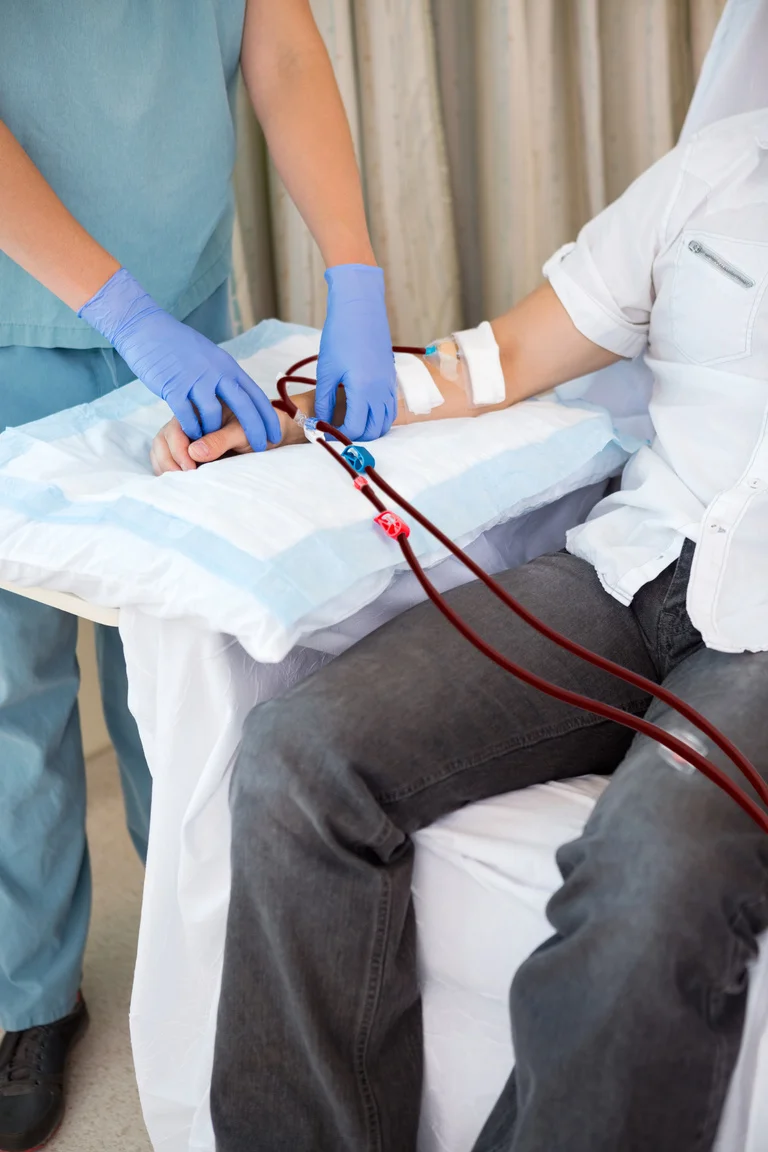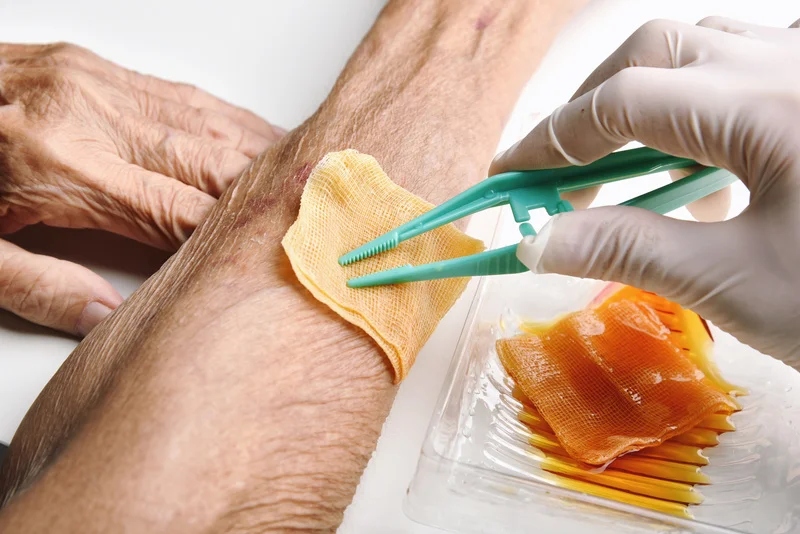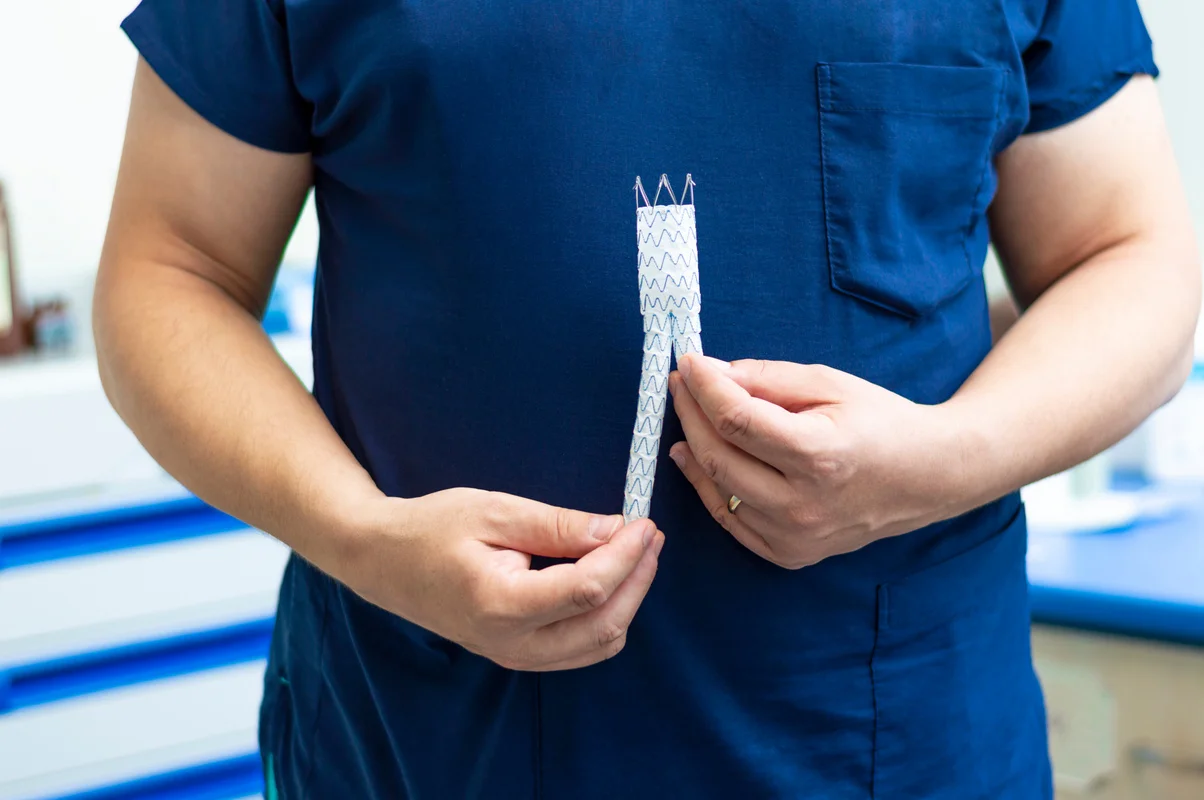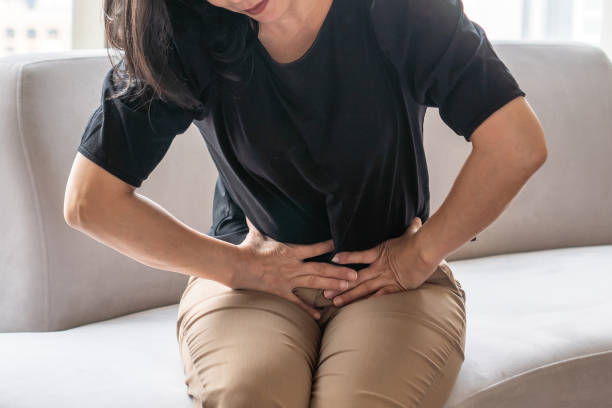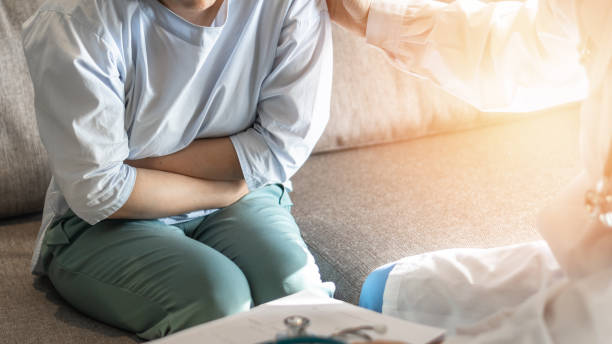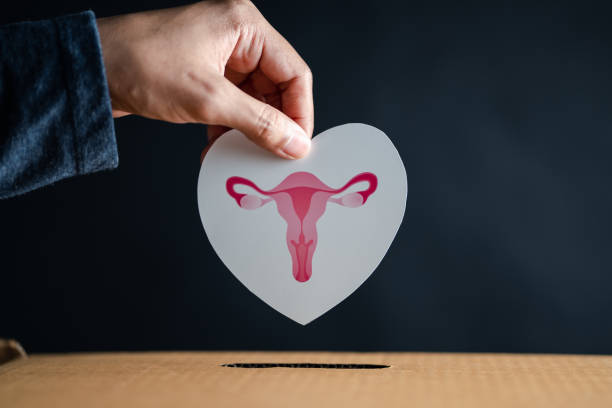Varicose veins tend to develop gradually, but they can also slowly worsen over time, especially if you sit or stand a lot during the day. The good news? A few simple habits can make a big difference in keeping things from getting worse.
Whether you’re starting to notice early signs or have had treatment before, here’s a practical guide to varicose vein prevention — and what you can do to stay ahead of it.
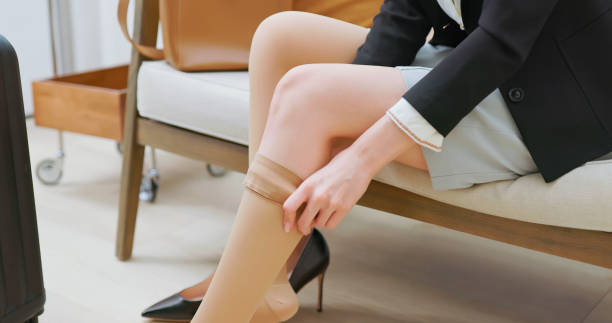
1. Keep Moving — Even a Little Helps
Long hours at a desk or on your feet can lead to poor circulation in the legs, which increases pressure in your veins. Staying active throughout the day helps keep blood moving in the right direction.
Try to walk for a few minutes every hour. Even short breaks help more than you think.
2. Best Exercises for Varicose Veins? Think Low-Impact
You don’t need to hit the gym to help your veins — gentle movement works best. These are some of the best exercises for varicose veins:
- Walking – Simple, free, and very effective
- Swimming – Buoyancy reduces strain on your legs
- Cycling – Boosts calf muscle tone and blood flow
- Calf raises – Easy to do at home or at your desk
Try to get at least 30 minutes of activity most days. It doesn’t have to be all at once — even 10-minute walks count.
3. Elevate Your Legs When Resting
Gravity isn’t your friend when it comes to varicose veins. Elevating your legs (above heart level, if you can) helps reduce pressure and swelling.
Try propping your legs up for 15–20 minutes after work or before bed — it’s a small change that can really help circulation.
4. Wear Compression Stockings (If recommended)
Compression stockings gently squeeze your legs, helping blood flow more efficiently. They can ease symptoms like heaviness, swelling, and aching — especially after long days on your feet.
Not everyone needs them, but they’re often part of conservative aftercare and varicose vein prevention strategies, especially if you’re trying to avoid surgery or maintain results after a previous procedure.
Do check with your vascular surgeon to see if compression stockings are suitable for you — especially if you have other conditions like peripheral vascular disease, where compression might not be recommended. There are also different types and levels of compression, so it’s worth getting fitted properly to find what works best for your needs.
5. Watch Your Weight and Eat Smart
Extra weight puts added pressure on your veins. While this isn’t about dieting, being mindful of your weight and overall health supports vein function.
A few tips:
- Eat more fibre (to avoid constipation and straining)
- Stay well-hydrated
- Limit salty foods to reduce fluid retention
6. Don’t Ignore Early Symptoms — When to See a Doctor
Varicose veins don’t always hurt at first, which makes them easy to brush off. But if you start noticing heaviness, aching, swelling (especially around the ankles), or skin discolouration, it’s worth paying attention.
These early signs suggest your veins aren’t coping well with the pressure — and left untreated, they may progress to skin changes or even ulcers.
See a vascular surgeon if:
- Symptoms start affecting your daily comfort
- You notice darkening or dryness around the ankles
- There’s increased pain, throbbing, or itching
- Your legs feel unusually tight, warm, or swollen
Getting early advice can help you avoid bigger issues later on — and often leads to simpler treatment options.
7. What Are the Medical Treatments for Varicose Veins?
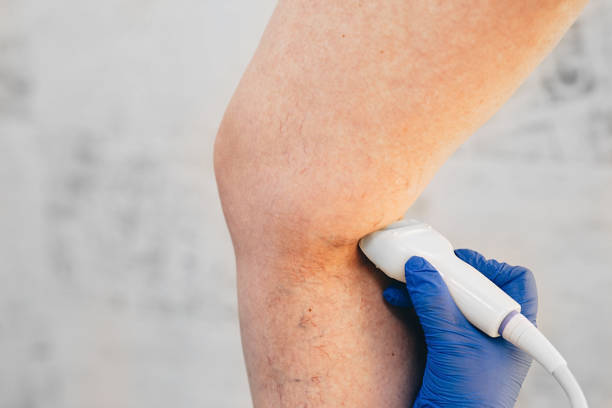
If lifestyle changes aren’t enough — or if your symptoms are starting to interfere with daily life — there are effective, minimally invasive treatments that can help.
Common treatment options include:
- Radiofrequency Ablation (RFA) – Uses heat to close off faulty veins
- ClariVein – Combines mechanical and chemical treatment with minimal discomfort
- VenaSeal – A medical adhesive used to seal the vein shut
- Sclerotherapy – Injection of a solution to collapse smaller varicose or spider veins
- Microphlebectomy – Removal of visible bulging veins through tiny incisions
These treatments are minimally invasive and generally offer a quick recovery — most patients are able to return to light activities within a day or two.
Struggling with Varicose Veins?
Explore safe and effective treatment options with Dr. Darryl Lim.

Final Thoughts
Wondering how to stop varicose veins from worsening? It really comes down to consistency. Regular movement, simple exercises, leg elevation, and compression stockings (if prescribed) can all help protect your veins and manage early symptoms.
And if things start getting worse, don’t wait too long. Today’s treatments are more accessible and comfortable than ever — and starting early can save you a lot of discomfort later.
If you need expert guidance, schedule a consultation with Dr. Darryl Lim to explore the best treatment options and preventive care for healthier veins.
FAQ
Can I still exercise with varicose veins?
Yes — and you should. Low-impact activities like walking or swimming are ideal. Just avoid heavy lifting or high-impact sports if your legs are painful.
Do compression stockings really help prevent worsening?
They can help relieve symptoms like heaviness and swelling, especially if you’re on your feet a lot. But the effect is temporary — symptoms usually return once the stockings come off.
In Singapore’s hot and humid climate, wearing them for long hours can be uncomfortable. While they help manage symptoms, the only way to get rid of varicose veins is through surgical treatment.
Is standing worse than sitting?
Yes — standing results in the highest hydrostatic pressure at the level of the ankle, which can worsen vein congestion over time. However, both standing and sitting for long periods can be a problem if you’re not moving.
It’s the stillness that puts strain on your veins — not just the position itself. Try to shift your weight, stretch, or walk regularly throughout the day to keep your circulation going.
